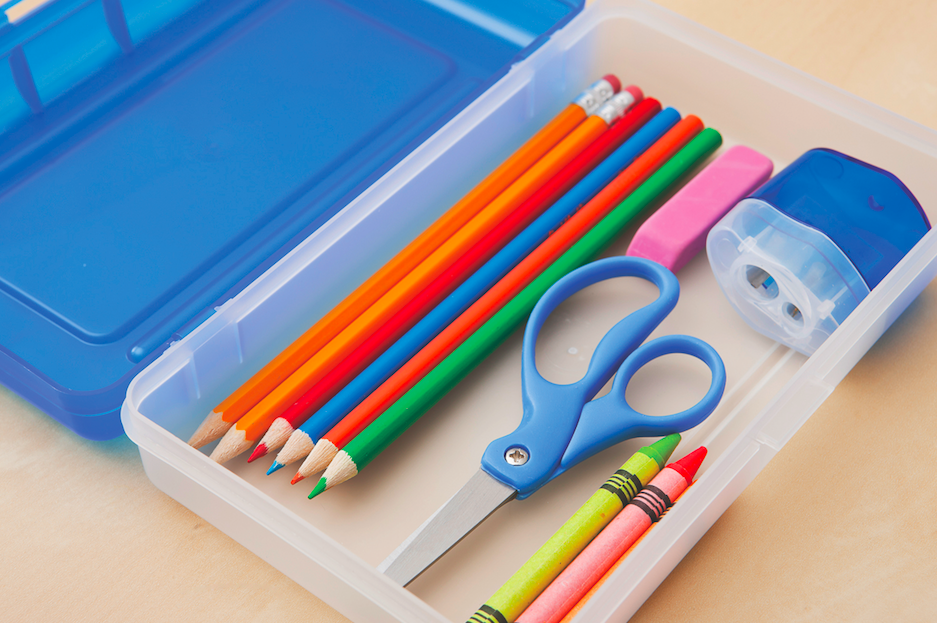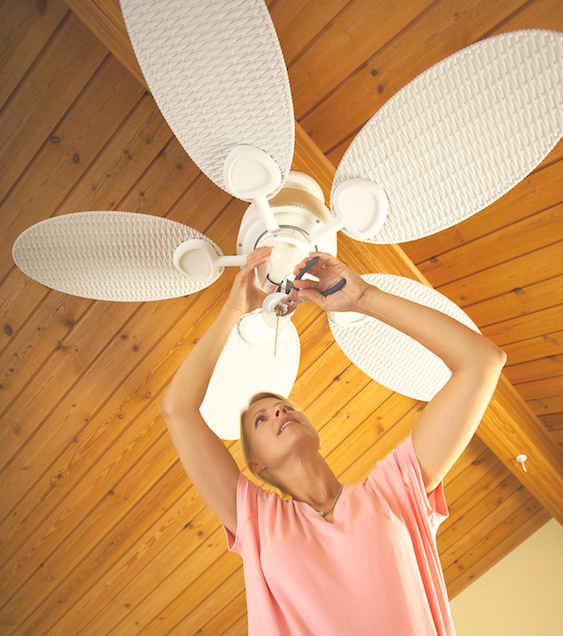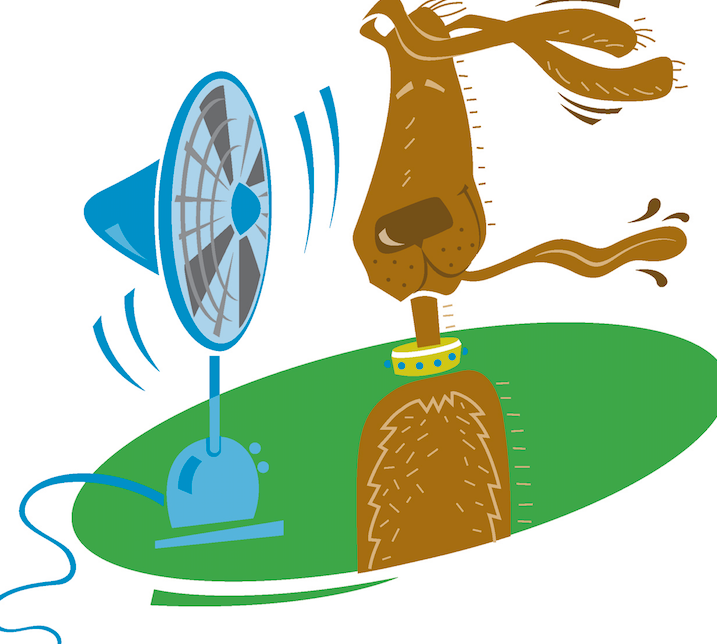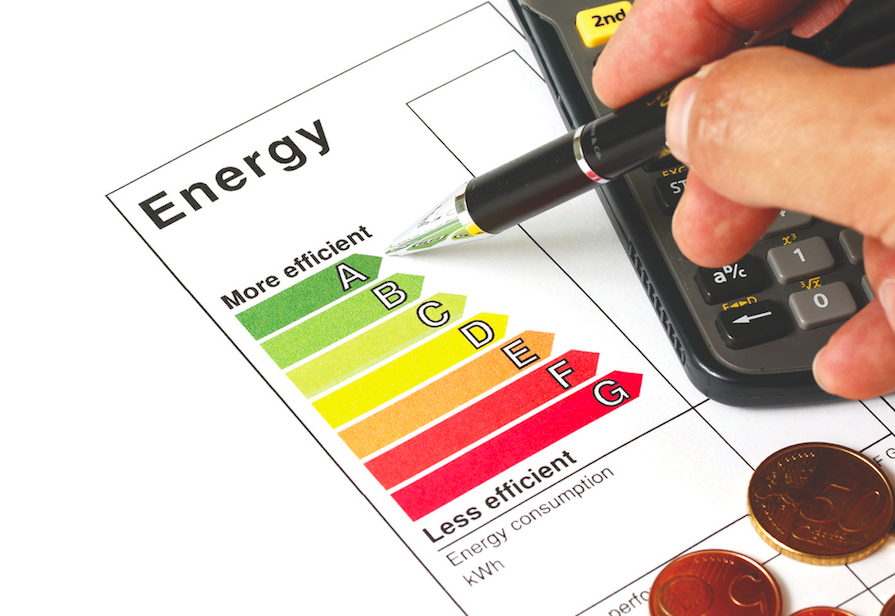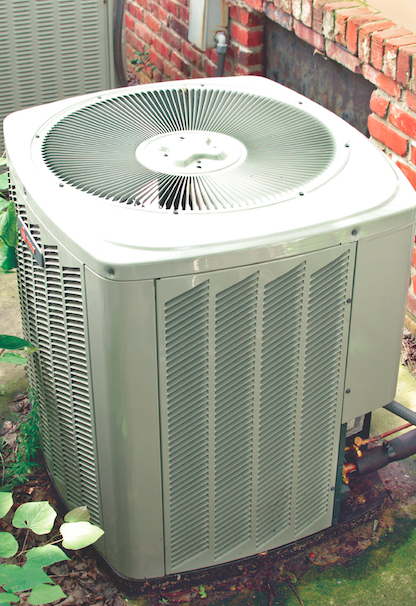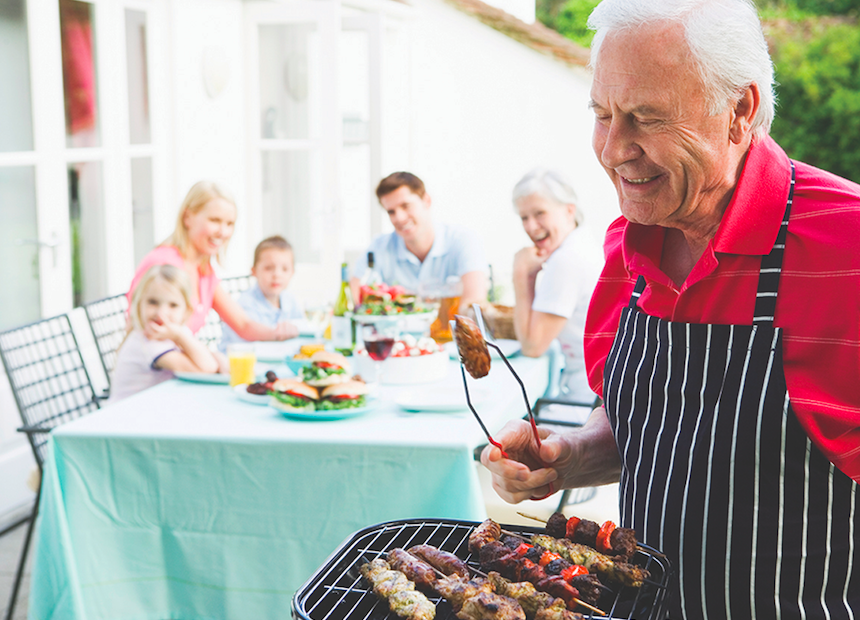Gatherings of family and friends are better with food, and few foods are more universally beloved than salsa! Whether they’re hosting a gathering for the big game or a celebration of Hispanic culture and cuisine, hosts who want to go the extra mile can forgo store-bought salsa for the following homemade recipe for “Warm Black Bean Salsa” courtesy of Judith Finlayson’s “The Health Slow Cooker: 135 Gluten-Free Recipes for Health and Wellness” (Robert Rose).
Warm Black Bean Salsa (Makes about 3 cups)
2 cups cooked black beans, drained, rinsed and mashed (see tip 1 below)
1 cup diced tomatoes (see tip 2 below)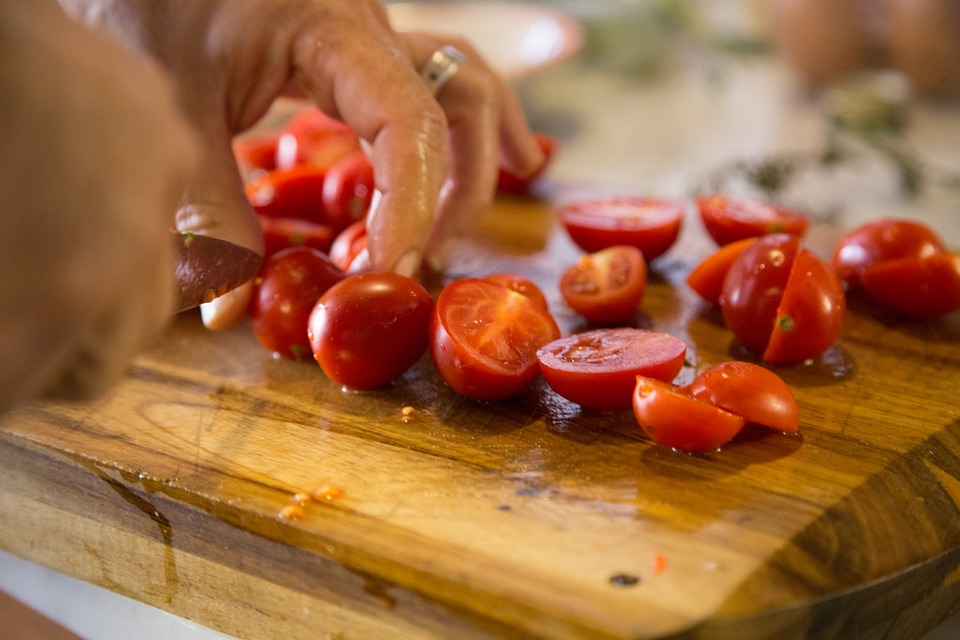
4 green onions, finely chopped
2 roasted peppers (poblano or sweet), peeled and diced
1 roasted jalapeño, seeded and diced, or 1 chipotle pepper in adobo sauce
1 teaspoon puréed garlic (see tip 3 below)
1 teaspoon finely grated lime zest
2 tablespoons freshly squeezed lime juice
2 cups shredded cheddar or Monterey Jack cheese
2 tablespoons finely chopped cilantro leaves
Finely chopped green onions
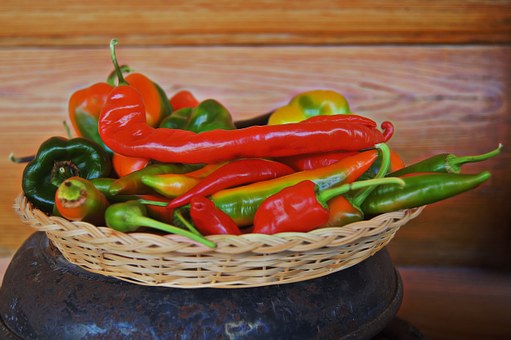 1. In slow cooker stoneware, combine beans, tomatoes, green onions, poblano, jalapeño peppers, garlic, lime zest and juice, and cheese. Stir well. Cover and cook on high for 11/2 hours, until mixture is hot and bubbly. Stir in cilantro, sprinkle with green onions, if using, and serve.
1. In slow cooker stoneware, combine beans, tomatoes, green onions, poblano, jalapeño peppers, garlic, lime zest and juice, and cheese. Stir well. Cover and cook on high for 11/2 hours, until mixture is hot and bubbly. Stir in cilantro, sprinkle with green onions, if using, and serve.
Tips
1. Use 14- to 19-ounce can of no-salt-added beans, drained. Or cook dried beans yourself (see below).
2. For convenience, substitute 1 cup drained no-salt-added diced canned tomatoes.
3. To purée garlic, use a sharp-toothed grater.
Basic Beans (Makes approximately 2 cups)
1 cup dried white beans (see tip below)
3 cups water
Garlic (optional)
Bay leaves (optional)
Bouquet garni (optional)
1. Long soak: In a bowl, combine beans and water. Soak for at least 6 hours or overnight. Drain and rinse thoroughly with cold water. Beans are now ready for cooking.
2. Quick soak: In a pot, combine beans and water. Boil for 3 minutes. Turn off heat and soak for 1 hour. Drain and rinse thoroughly under cold water. Beans are now ready to cook.
3. Cooking: In slow cooker stoneware, combine 1 cup presoaked beans and 3 cups fresh cold water. If desired, season with garlic, bay leaves or a bouquet garni made from your favorite herbs tied together in a cheesecloth. Cover and cook on low for 10 to 12 hours or overnight or on high for 5 to 6 hours, until beans are tender. Drain and rinse. If not using immediately, cover and refrigerate. The beans are now ready for use.
Tip: If you have difficulty digesting legumes, add 2 teaspoons cider vinegar or lemon juice to the water when soaking dried beans.



